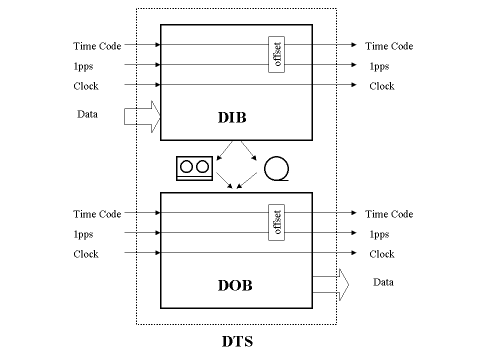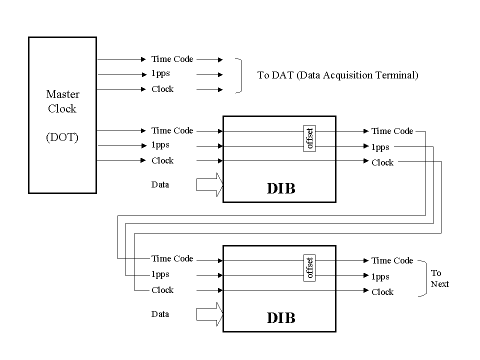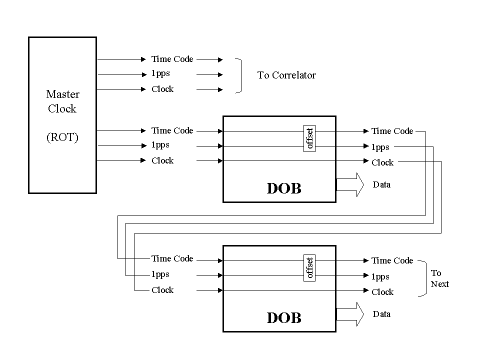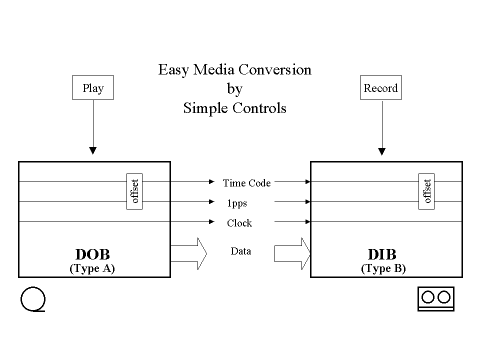
Figure 1. Basic Configuration of the DTS (Data Transmission System)
(May 14, 1999)
(revised on June 2, 1999)
| (1) | Easy translation of a tape media The DOB output shall be connected to the DIB in the tape translation, not only to a correlator. The output connector of the DOB shall be mated to the input connector of the DIB. |
| (2) | Tandem operation of two or more DTSs Two or more DTSs will be involved not only in correlation but also in data acquisition. Wide band data recording at a rate beyond 1 Gbps would be made on two or more recorders. Synchronized operation of the DTS to others is a matter of concern as much in the parallel recording as in correlation processing. |
| (3) | Real time correlation Real time correlation would be a future important function of a reliable long-baseline interferometer, in which the data on a tape is always checked for the auto-correlation spectrum, cross correlated for monitoring the phase stability while the recording is carrying on. Single operation of DIB at an observatory, (and of DOB at a correlator) will be less important in future, though it would keep economical benefit on the recording (or playing back) cost. My preference is not on the separation of DIB and DOB boxes. |
| (4) | Sub network correlation Future operation of a VLBI network connecting a number of telescopes over the world will be made in sub networking. In the correlation, dynamical resetting and offsetting of ROT might be important. |
| (5) | Unified software support A complicated software control might cause difficulty in the operation of different types of DTS. The DTS shall be controlled under the FS9 Weld system following the VEX schedule file. |
The DIB and DOB is just the same ones as described in the draft proposal VSI specification except for adding timing signals I/O on both boxes. Even in case that the DTS is divided into the DIB and DOB, the both input and output functions of the timing signals is useful for various applications to be noted later.

In this application synchronization of two or more DIBs is performed with a similar way commonly done in correlation processing.



| Aggregated bit rate | Number of Connectors | Clock Rate | Logical Number of Wires |
| 64 Mbps | 1 | 4 MHz | 16 |
| 128 Mbps | 1 | 8 MHz | 16 |
| 256 Mbps | 1 | 16 MHz | 16 |
| 512 Mbps | 1 | 32 MHz | 16 |
| 1024 Mbps | 2 | 32 MHz | 32 |
| 2048 Mbps | 2 | 64 MHz | 32 |